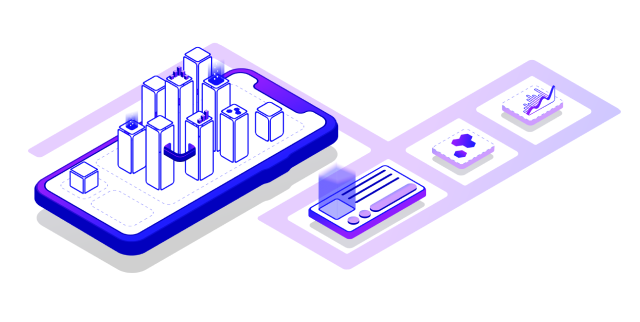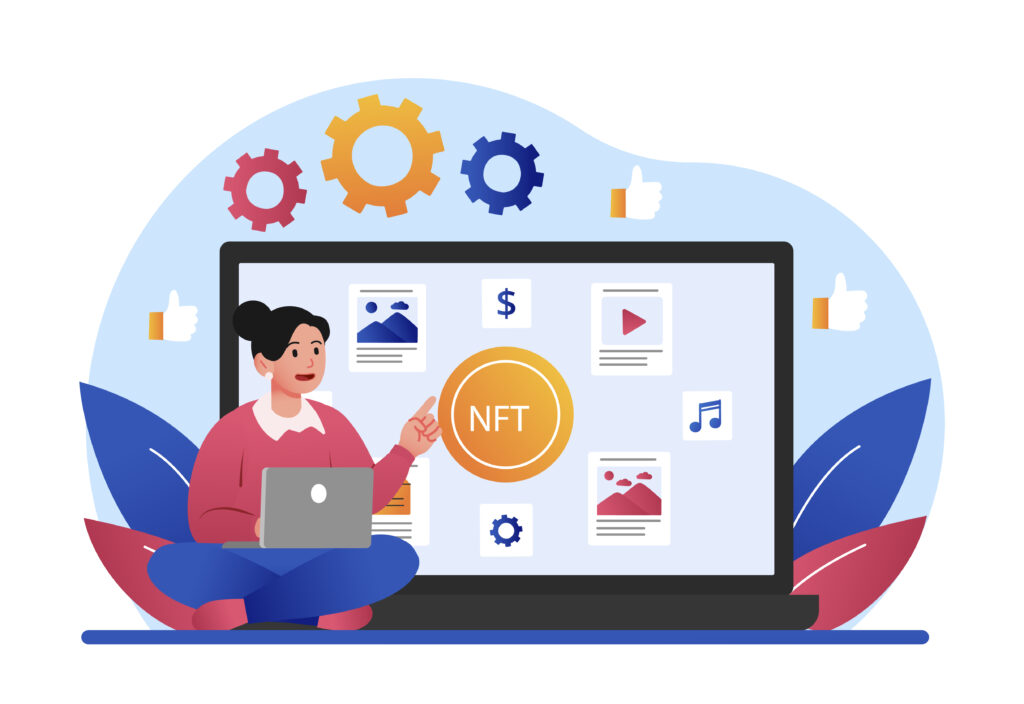
When it comes to the artworks, what makes them so famous and desired is their uniqueness and scarcity. The same principle couldn’t be applied to digital assets before NFTs came to the surface. Each non-fungible token exists as a single copy. As the block data is stored in the blockchain it can’t be faked. This feature is what attracts so much attention to NFTs, especially from digital art collectors.
If you’re interested in creating an NFT marketplace, then you’re in luck, because our development services can help you get started quickly and easily. With our help, you can build a thriving platform that offers a variety of unique, high-quality products and services. We will discuss the core aspects of creating an NFT marketplace.
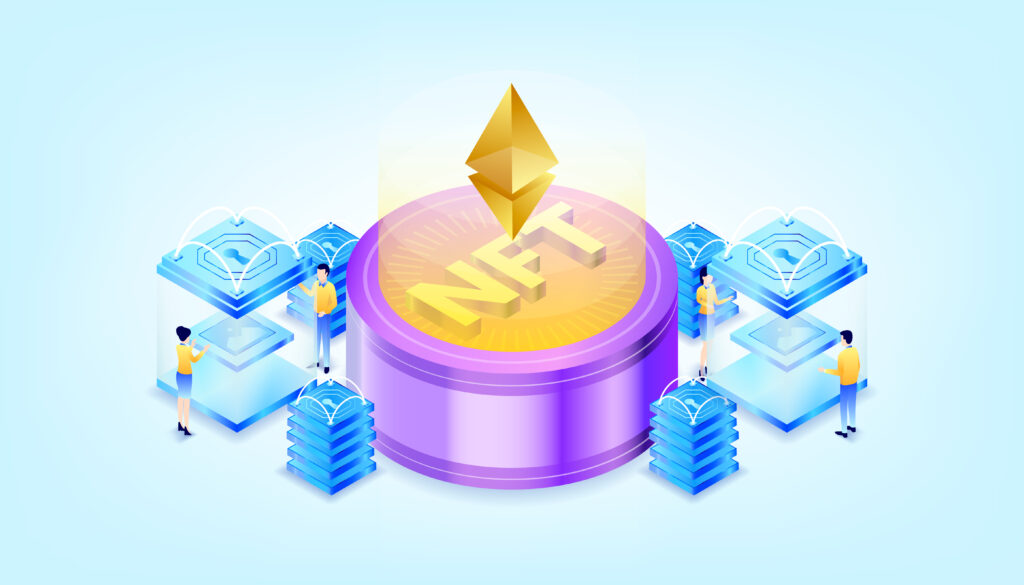
An NFT (non-fungible token) is a new kind of digital asset that allows for secure, tamper-proof trading between parties. Unlike traditional cryptocurrency, NFTs can represent anything from digital assets to game assets, intellectual property, and contract data.
The term NFT refers to the digital content stored in the blockchain. It can be literally anything like text, images, audio or video files, domain names, cards, and much more. Each NFT is unique and can’t be replaced with another token.
NFTs are an exciting new development in the digital asset world, and they have the potential to revolutionize the way we use and trade digital assets. They could be used to create new marketplaces that allow users to buy and sell digital assets without having to trust third parties.
NFTs are highly original. Unlike traditional cryptocurrencies, which are based on existing models and technologies, NFTs are completely new and innovative. The new assets are also highly reliable. Unlike traditional cryptocurrencies, which are vulnerable to cyberattacks and scams, NFTs are built on a secure and robust blockchain platform.
The market for NFTs is still in its early stages, and there are a lot of unknowns about how they will be used. However, there is definitely a lot of potential for NFTs.
NFT’s are created by uploading digital files to the blockchain. Once they are uploaded, they are encoded with metadata that provides information about the file, such as the name of the author, the date it was created, and the price at which it was sold.
This metadata is also used to track the ownership and transfer of the file. If you purchase a file from an online retailer, for example, the retailer will use the metadata to track the ownership of the file and ensure that it is sent to you in a properly formatted format. Anyone can access the information about the NFTs’ ownership.
Once shipped, NFT will exist permanently on the blockchain as long as the system itself is operational. This means that NFTs are a permanent record of your work.
There are no two completely identical NFTs because each asset has a unique set of digital properties. Even if the artist creates two items without visible physical differences, the metadata of each NFT will be different.
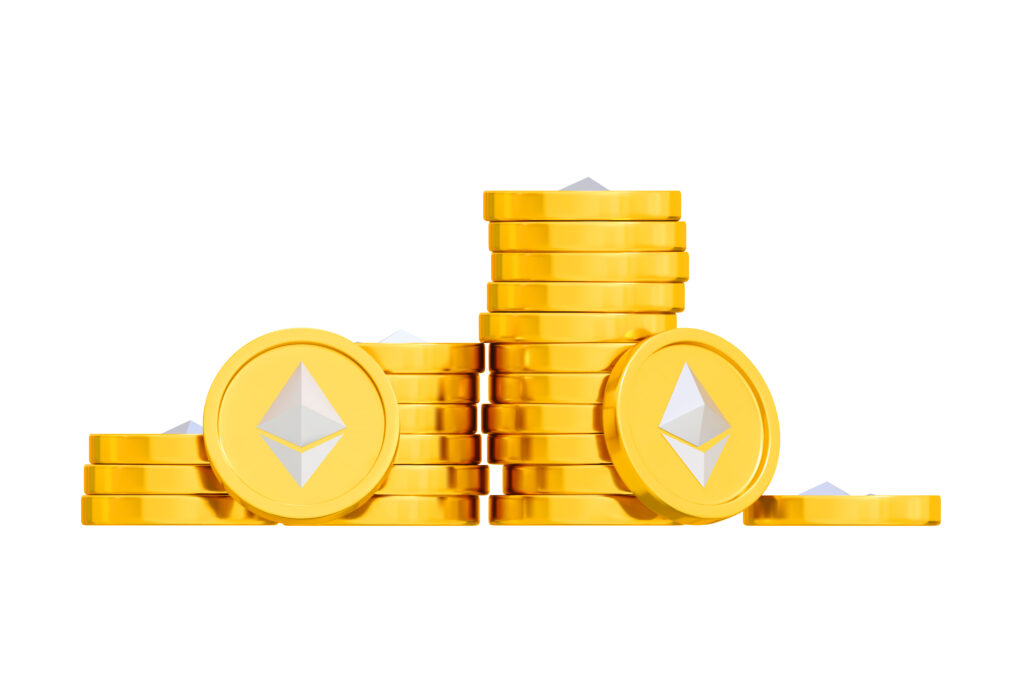
The two most popular standards for creating NFTs: are ERC-721 and ERC-1155. Initially, NFTs were built on the Ethereum blockchain and used the Ethereum standard called ERC-721. This standard defines how NFTs are supposed to work.
ERC-721 is the classic NFT standard. It was developed by the Ethereum Foundation in 2017 and is widely supported by the blockchain community.
ERC-1155 is a big step forward because it allows for batch transfers. This means that users can send multiple NFTs at once, which makes the process much faster. In addition, ERC-1155 is more secure than the older standard. It incorporates features like smart contracts and atomic swaps. These technologies make it difficult for anyone to tamper with the NFTs.ERC-1155 is a significant improvement over the older standard. It’s perfect for projects that need to be fast and secure. And it’s set to become the standard for NFTs in the future.
Both standards offer a number of advantages over the other. ERC-721 is more widely supported, but ERC-1155 is faster and more reliable.
In addition to these two standards, there are a number of other NFT standards being developed. BEP-1155 is a standard for publishing NFTs on the Binance Chain, and ERC-1469 is a standard for creating NFTs that are interoperable with other blockchain networks.
A new trading platform is emerging that specifically caters to non-fungible tokens (NFTs). The marketplace, called the NFT marketplace, allows users to buy, sell, and store NFTs and exchange them for cryptocurrencies.
The marketplace utilizes the unique metadata of each NFT, including its origin and authenticity information secured by blockchain. This makes NFT markets ideal for trading rare or unique items, as well as for trading items that fall into specific niches. Thus existing NFT marketplaces can be divided into all-purpose NFT marketplaces and niche trading platforms. You can also use a private NFT marketplace, which is designed for companies or brands to sell their NFTs to specific customers.
When users transact with each other on a NFT marketplace, the transaction is recorded on the blockchain, allowing all users to verify the transfer of the token between the two parties. This provides an added layer of security and trust in the exchange, as the transaction is immutable and cannot be manipulated or changed.
Users can then place orders for their desired NFTs on the platform, and the NFT marketplace will match their orders with those of other users, creating an automated transaction. Once the transaction is complete, the NFTs are transferred to the buyer’s wallet, allowing them to use their digital assets however they wish.
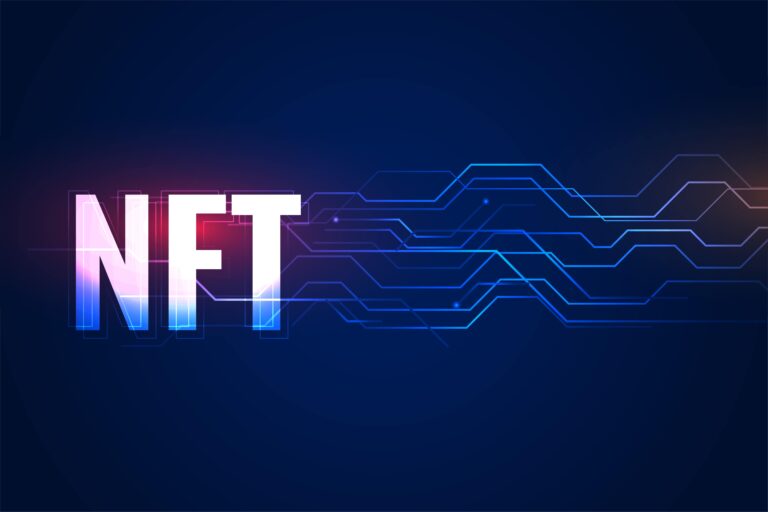
Every NFT marketplace has a certain architecture. While the details may vary, the main components are the same.
The architecture of a NFT marketplace must be carefully designed and built to ensure that it is secure, efficient, and scalable. The components must also be integrated properly to ensure that the marketplace functions as expected and can handle the expected volume of transactions. By designing and implementing the architecture of a NFT marketplace correctly, developers can create a successful and secure digital asset marketplace.
First things first, the user must create a new account on the NFT marketplace they are looking to use and link a Crypto wallet to it. This wallet is used to store and transfer the digital assets and tokens that are part of the NFT marketplace.
Once the account and wallet are set up, users can create their own NFTs on that marketplace. An NFT is a unique digital asset that is stored on the blockchain and is tracked and verified via smart contracts. This is done by configuring the NFT for that particular marketplace and listing it for sale.
After the NFT is listed for sale, it is then moderated by the marketplace and is made visible to the public for sale. Here, the bidders can place their bids for the NFT, and finally the NFT is sold to the top bidder.
The marketplace then handles the transaction via a crypto wallet. Behind the scenes, the marketplace creates a blockchain-based contract for every listed NFT which contains the unique parameters of the NFT. This is done to make the NFT distinct and unique.
These transactions are regulated and monitored by a special protocol called smart contracts. These smart contracts are made up of parameters that are associated with the NFTs such as the buyer, the seller, the market value of the NFT, etc. Once the transaction is complete, the smart contract is verified and the digital assets or tokens are transferred to the new owner.
The cost of NFT Marketplace development varies depending on the type of marketplace you are developing, the features you are looking for, and the style you want to go for. There are two main types of NFT marketplaces – open and premium, and curated and non-curated. Each of these classifications come with their own set of features, which is why the cost of developing a NFT Marketplace can differ.
Open and Premium Marketplaces
Open marketplaces are available to anyone, and they host a variety of sources in one place. The cost of developing an open marketplace can range from $50,000 to $150,000, depending on the features you are looking for and the style you are going for.
Premium marketplaces are more exclusive, and they come with a set of features that may not be included in open marketplaces. The cost of developing a premium marketplace can range from $100,000 to $200,000.
Curated and Non-Curated Marketplaces
When it comes to curated marketplaces, they are suitable for artists who want to sell their work but need to be authorized to do so. The cost of developing a curated marketplace can range from $80,000 to $200,000.
Non-curated marketplaces don’t require verification, and they are easier to sell your product on. The cost of developing a non-curated marketplace can range from $50,000 to $100,000.
The cost of an NFT marketplace development project can vary depending on individual requirements. The most basic NFT marketplace design will involve a single blockchain network, a single digital wallet, and the development of a few basic smart contracts to facilitate the sale and transfer of NFTs. However, this type of setup is not likely to cater to the needs of most users, so it is important to factor in the costs of features that provide additional value to users.
The development of an advanced NFT marketplace will involve the integration of multiple blockchain networks, multiple digital wallets, and the development of more sophisticated smart contracts that provide additional functionality.
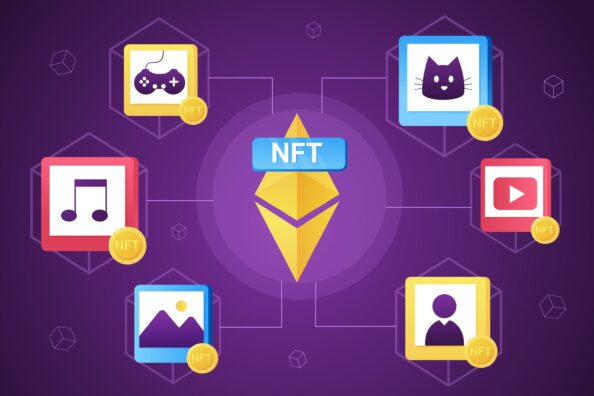
Let’s take a closer look at some of the most popular types of NFT marketplaces:
Artworks
NFTs offer a unique platform for artists to showcase their work and for collectors to buy, sell, and trade artworks. Many NFT marketplaces offer a variety of artworks such as digital art, 3D models, and virtual reality art.
In-game Components
In-game components are a type of digital asset that can be used in online games. These assets can include digital items such as weapons, armor, and currency that can be used in the game.
In-game Accessories
NFT marketplaces also offer in-game accessories such as virtual pets, virtual apparel, and virtual furniture, virtual weapons. These items can be bought, sold, and traded on the platform.
In-Game Attire
In-game attires are virtual clothing and accessories players can purchase and use in online games. These items can range from hats and masks to full-body suits.
Music
Music-related NFTs offer a platform for artists to promote their music and for fans to purchase, sell, and trade music-related assets. These assets can include digital albums, singles, and exclusive concert tickets.
Podcast
Podcasts are another type of digital asset that can be bought, sold, and traded on NFT marketplaces. These assets can include digital recordings of podcasts, audio clips, and exclusive podcast interviews.
Collectibles
Collectible NFTs are digital assets that can be bought, sold, and traded. These assets can include rare digital items such as virtual cards, virtual figurines, and digital art.
Tokenizable Assets
Tokenizable assets are digital assets that can be converted into tokens and used in various decentralized applications (DApps). These assets can include digital currencies, digital tokens, and other digital assets.
Designer Sneakers
Designer sneakers are a type of digital asset that can be bought, sold, and traded on NFT marketplaces. These assets can include virtual sneakers, virtual shoes, and virtual clothing.
Metaverses
Metaverses are virtual worlds and digital ecosystems that are built using blockchain technology. These digital ecosystems can include virtual cities, virtual economies, and even virtual universes.
Video Footage of Historic Events
NFT marketplaces also offer video footage of historical events such as sports games, political rallies, and important moments in history. These assets can be bought, sold, and traded on the platform.
No matter what type of NFT marketplace you are looking to launch, it is important to do your research and ensure that you are offering a product or service that will be well-received by your target audience.
In order to begin trading on an NFT marketplace, users will need to first create an account with the platform, which allows them to start buying, selling, and trading digital assets. The platform’s user interface will provide access to the marketplace, allowing users to browse and search for NFTs, as well as to view their current holdings.
Storefront
The most important, must-have feature of any successful NFT marketplace is a storefront. A storefront is a page or section that showcases the NFTs on offer and allows users to explore them. Your storefront should be interactive and easy to navigate, with filters to help users find the NFTs they’re looking for quickly and easily.
Filters
The Filter system allows users to sort NFTs based on their preferences, such as price, type, and more. This helps users find the NFTs they’re looking for quickly and efficiently.
Listings
Listings are a great way to showcase the NFTs you have on offer in your marketplace. They should be detailed and include relevant information, such as the artist, the price, and any other details related to the NFT. This helps users get a better understanding of what they’re purchasing.
Wallet
Wallet is an integral part of any NFT marketplace. It allows users to securely store and manage their NFTs. It should also be easy to use and include features such as deposit, withdrawal, and transfer of funds.
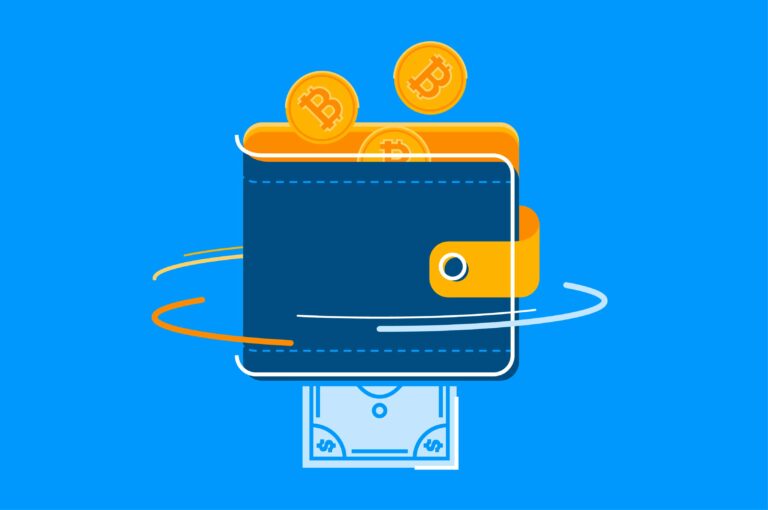
Auctions and buying
Auctions and buying are a great way to help users find the NFTs they’re looking for quickly and efficiently. Auctions are great for those who are looking to purchase one-of-a-kind NFTs, while buying can be used to purchase multiple NFTs at once.
Others
Last but not least, there are a few other features that you might consider adding to your NFT marketplace. These include order management, user accounts, and API integrations. These features will help you create a successful NFT marketplace that users can trust and rely on.
By having these features in your NFT marketplace, you can ensure that it is successful and that your customers have a great experience. This will help you to attract more customers, build loyalty, and increase sales. So, make sure that you include all of these features when you are designing your NFT marketplace.
One of the following blockchain platforms can be used for an NFT marketplace development:
There is also a choice of storage platforms including
Also, developers will have to choose the front-end framework for the NFT platform you want to develop. Most of the developers and agencies will work with React, Angular or Vue.
Identifying a niche

The first step to creating an NFT marketplace is to identify a niche. NFTs can be used for a wide variety of purposes, so it’s important to choose a focus area for your marketplace. This will help you determine the types of NFTs you’ll list, the features your marketplace will need, and the target audience you’ll be marketing to.
Some possible niches for an NFT marketplace include:
– In-game items
– Digital art
Whatever niche you choose, make sure it’s something you’re passionate about. This will make it easier to market your marketplace and add new features down the line.
Finding a vendor to create an NFT marketplace
There are a few different ways you can find a vendor to create an NFT marketplace. The first is to post a job listing on a freelancer site like Upwork. You can also reach out to vendors directly or find them through online directories. There are many options available for this type of task: freelancers, in-house developers, or dedicated development companies.
Once you’ve found a few potential vendors, take the time to read their reviews and check out their previous work. This will help you narrow down your options and find the right person for the job.
Deciding on the feature list
The next step is to decide on the features your marketplace will need. This will depend on the niche you’re targeting and the types of NFTs you plan to list. Some essential features for most NFT marketplaces include:
– User accounts: Allow users to sign up for an account and log in to view their personal NFT collection.
– Listings: Let users browse and search for NFTs that are available for purchase.
– Sales: Allow users to buy and sell NFTs on the marketplace.
– Wallet: Integrate a digital wallet to store purchased NFTs.
– Notifications: Notify users of new listings, sales, and other activities on the marketplace.
In addition to these essential features, you’ll also want to consider adding any unique features that will help your marketplace stand out. This could include anything from social features to unique listing options.
Choosing a monetization strategy for NFT marketplace development
When it comes to monetization, there are a few different options for NFT marketplaces. The most common is to take a commission on each sale that takes place on the marketplace. This can be a flat rate or a percentage of the total sale price.
Another option is to charge listing fees. This can be a one-time fee or a recurring fee. This is a good option if you want to discourage low-quality listings or if you want to generate revenue even when no sales are taking place.
Finally, you could also consider a subscription-based model. This would involve charging users a monthly or annual fee to use the marketplace. This is a good option if you have a lot of high-quality content or if you offer unique features that can’t be found on other marketplaces.
The best monetization strategy for your NFT marketplace will depend on your specific goals and the types of NFTs you plan to list. You may want to experiment with different strategies to see what works best for your marketplace.

Creating UX/UI design
Creating a user-friendly interface is the foundation of an NFT marketplace. It should be intuitive, interactive and easy to use in order to provide an enjoyable experience for users. Make sure that the overall design is visually appealing and easy to navigate.
When it comes to developing the user interface, focus on making the interface engaging and responsive. The features such as layouts, fonts, colors, and graphics should be carefully considered in order to ensure that the interface appeals to users. Incorporate visual cues, intuitive navigation, and easy access to information to make the user experience even more enjoyable.
Finally, keep in mind that designing UX/UI is an iterative process. Test different designs, monitor user behavior, and make necessary changes until you have a design that is both visually appealing and functional. This will ensure that users enjoy their experience when using the NFT marketplace.
Choosing a technology stack
The technical part of the development can be divided into front-end and back.end. When it comes to back-end development for your NFT marketplace, there are several technology options you can use to build a secure and scalable platform. Node.js and Java are the most popular ones, but Python is also a great option.
Front-end development deals with the user-facing part of the NFT marketplace – the UI and UX design. For this stage of development, there are several popular frameworks that can help you build an attractive and intuitive platform. React, Vue, Angular, and Bootstrap are some of the most popular choices when it comes to front-end development.
When choosing the right technology stack for your NFT marketplace, make sure that you’re aware of the latest trends in NFT development and stay up-to-date with the best practices.
Starting with NFT marketplace development
When all the requirements are set, developers can start working on launching the marketplace.Usually the process is divided into shorter sprints with the results of each development stage provided for the feedback.
Testing and deployment
Testing is an important step in ensuring the NFT marketplace works as expected. This includes testing for scalability, security, compatibility, performance, and more. Once the results are satisfying, you can deploy your marketplace to the public.
It is important to take extra care when deploying the NFT marketplace, as any issues can result in delays or other complications. Once deployed, you can track the performance of your marketplace using analytics tools, such as Google Analytics. This will help you identify areas for improvement and make adjustments accordingly.
Promotion and gathering feedback
When the NFT marketplace is ready to go live, it’s time to move on to promotion and gathering feedback.
A comprehensive approach is often necessary for a successful launch, combining SMM, paid ads, influencer marketing, partnerships, and other strategies. After releasing the solution, gathering feedback from users is paramount. Understanding what they like about the NFT marketplace, what features it lacks, and how they would improve the overall experience with the platform can help you make better decisions regarding future updates and optimizations.
Planning for ongoing development and support
By taking the time to plan for ongoing development and support of your NFT marketplace, you can ensure that your platform is successful and provides the best possible experience to its users. The future plans can include: monitoring users’ feedback, maintaining a high level of security, automating some processes, and investing in customer support.
While the NFT marketplace market is rapidly evolving offering many business opportunities, the development of the NFT marketplace is a complex process, requiring taking into consideration numerous factors. If you’re new in the game or don’t have the technical knowledge needed to complete the process, our professional development team is ready to assist you in every step. Get in touch with us and we will help to turn your NFT marketplace dream into reality.
